BALTIMORE, MD – The Maryland Zoo is excited to announce the hatching of two trumpeter swans! The hatchlings, called cygnets, hatched after more than 30 days of incubating in their huge nest located in the Farmyard at the Zoo.
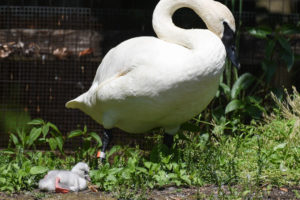
“This is the sixth clutch laid by the trumpeter swan pair here at the Zoo. Scuttle and Buttercup play a very important role in the conservation of their species,” said Jen Kottyan, avian collection and conservation manager. “Many of their previous chicks were reintroduced to the wild as part of the Trumpeter Swan Restoration Program in Iowa. This year the chicks will be sent to the Buttonwood Park Zoo in Massachusetts to prepare for life in the wild as part of a release program next spring in Oregon.”
The cygnets will be raised by their parents. Zoo staff will monitor them, watching them develop into juvenile swans and learning how to swim, forage and feed. “We’ll be very hands off to keep them as wild as possible,” continued Kottyan. “We want to give them the best chance at survival in the wild once they are released.” The juvenile swans will be transported to Buttonwood Park Zoo in the fall to further mature until they are moved to the release site.
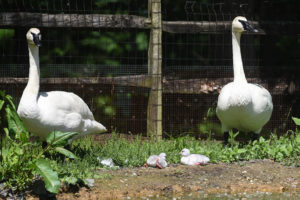
Trumpeter swans are the largest waterfowl species native to North America and the largest swan in the world. They can weigh up to 30 pounds, and are known for their bright white feathers, black beaks, very large webbed feet and a six-foot wingspan. In the early 1900s, trumpeter swans were nearly hunted to extinction for their skin, feathers, meat and eggs. The passage of the Migratory Bird Treaty Act of 1918 gave protection to trumpeter swans and other birds which helped curb illegal killing, however the population continued to decline and in 1932 it was believed that there were fewer than 70 trumpeter swans remaining. In 1935, the U.S. government established Red Rock Lakes National Wildlife Refuge (NWR) in Montana’s Centennial Valley to protect the remaining trumpeters.
Trumpeter swans disappeared from Oregon by the late 1800s. Since 2009, the Trumpeter Swan Society, in partnership with the Oregon Restoration Project, has worked to reestablish trumpeter swan populations in the state. This will be the first year The Maryland Zoo has participated in the Oregon release project, after five years of sending trumpeter swan juveniles to be released in Iowa.
“It is a great conservation program that we are thrilled to be a part of,” said Kirby Fowler, president and CEO of The Maryland Zoo. “Thanks to conservation partners like the Trumpeter Swan Society, the trumpeter swan population is growing each year. While our adults would not be suitable to live in the wild, it is great to be able watch them rear their cygnets and contribute to the trumpeter swan population in the US.”

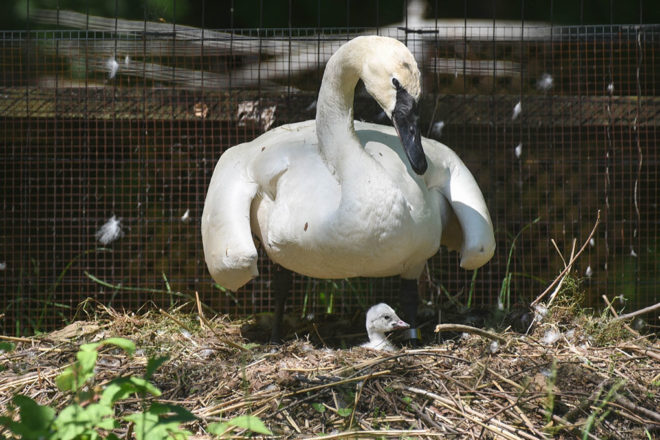
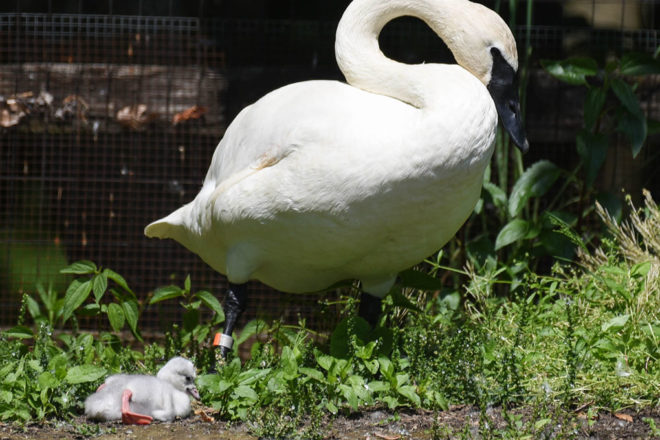
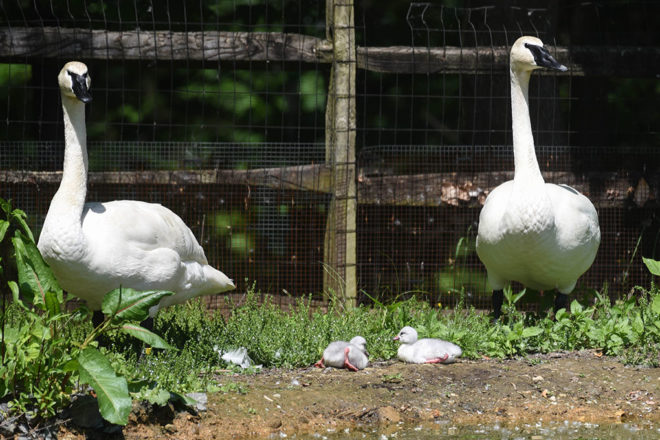
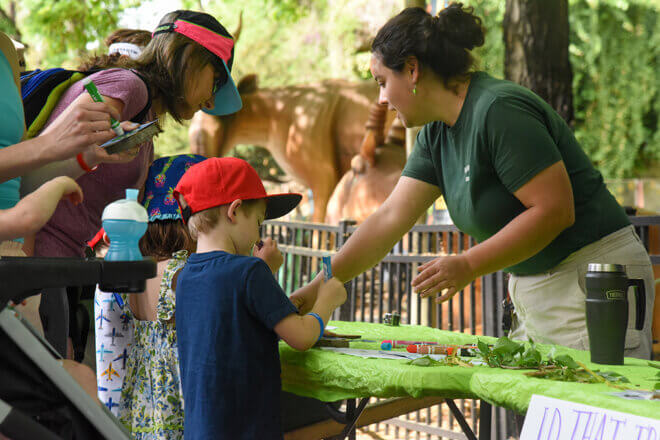



Share this article